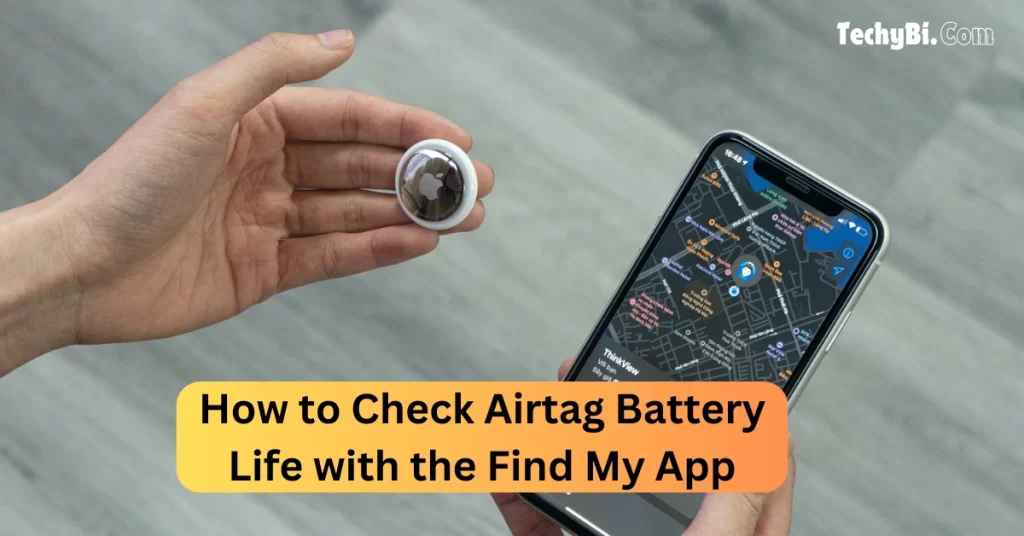Are you locked out of a website or game with no warning? You’re not alone. An IP ban can feel like a digital roadblock, cutting off access to something you need. IP bans are more common than you would ever believe, and there are plenty of ways to get past the ban. This guide will discuss the possible reasons why your IP has been banned, with steps to fix it. Alright, let’s get started.
What Does The “Your IP Has Been Banned” Error Mean?
The message “your IP has been banned” simply means the Internet Protocol address assigned to your device has been blocked by a specific website online service or network from accessing it. This ban, in effect, excludes you from using the site or service associated with the restriction.
Each computer connected to the internet is given a unique IP address, akin to a digital name tag, that allows it to communicate with other devices. Normally, an IP ban arises when the website’s administrator feels that your device is the source of some suspicious or otherwise threatening activity.
Sometimes, the IP ban will be accompanied by an error message indicating that traffic from your device has been blocked, such as Error 1007. Site owners have an IP ban feature that allows them to guard their sites and manage users’ activities if such becomes necessary.
Why Was Your IP Has Been Banned?
It’s frustrating to get hit with a “your IP has been banned” message and not know what on earth could have done that. Let’s break down a few common reasons that might explain why your IP address has been blocked.

#Suspicious Activity Detected: Strange browsing patterns, things that look like hacking attempts, and probably too many failed login attempts would tend to get you banned. All websites put in place such a security measure against potential threats.
#Breach of Service Terms: For example, a breach of terms and conditions on the website—posting or doing anything inappropriate, going against the guidance of use, or doing something strictly prohibited—might block your IP address.
#Traffic Automation Overload: The system blocks the websites that have these extremely high numbers of IP traffic generated abnormally by automatic bots or scripts. It protects the resource from cyberattacks and maintains performance.
#Sending Unsolicited Commercial Messages: Some IP bans occur because of commercial spam. Advertising companies sending unsolicited messages or comments may have their associated IPs blocked to prevent disruptive promotions.
#Unauthorized Scraping: Site owners usually block your IP for scraping or trying to extract data from their website without permission. Administrators of sites have enacted these blocks to protect their data as well as their rights from unauthorized usage.
#Geo-restricted Content Access: There may be some sites where geos-based content access may be restricted, meaning if you are from one region, then you cannot browse the site. For example, US-only streaming services block users from other geos due to licensing restrictions.
Interesting Blog:- 192.168.100.1: The Router Admin Page With The Easiest Access To Network Security
Understanding the IP Banning Process

Every time you surf the Internet, your computer gets a given IP number allocated to it. There is only one IP number per individual and no other way the Internet can identify you. This IP number then allows the site to monitor what you are doing on that particular website.
1. Triggers for an IP Ban
An IP ban occurs when the website senses some sort of activity that is being done that falls into the breach of its policy. This may be spamming, attempts at unauthorized access, or something like that. Most websites use automated systems to track the activities of users; however, human administrators can also ban them whenever they detect problematic behavior.
2. The Ban Implementation
After being blocked, the website denies access to your IP address. The duration that the ban may last could vary; for example, while temporary bans may last from hours to days, permanent bans will take place on grave violations of conduct.
3. Consequences of an IP Ban
When an IP ban is in effect, your device is blocked from accessing the website associated with the banned IP. This means you won’t be able to view or interact with the site until the ban is lifted or you obtain a new IP address.
During the prohibition period, your device will be locked out until the restriction is lifted. You will either wait for a temporary ban to expire or appeal the decision with the platform’s help team to have the block removed. Alternatively, you may get a new IP address, getting you over the prohibition altogether.
How Do I Remove the Ban?
In some cases, you may need to contact the support team of a particular website explaining your situation and commitment to following their rules and regulations for its users; in cases of temporary bans, you just need to wait for a while for it to unlock access to the site. On the other hand, you might use another network or service provider and get another IP address right away.
You May Like:- 10.0.0.1: Easy Steps To Login Network Routers And Private IP Addresses
How to Resolve IP Bans?
If you face an IP ban, there are numerous effective measures you can take to gain access to the blocked website or service.
1. Change Your IP Address: The easiest ways to resolve an IP ban usually involve changing your IP address. You may reboot your router, and a new IP will be assigned to you; or connect to a different network, such as a mobile hotspot.
2. Use a VPN: A VPN will mask your IP address by routing your internet traffic through servers that are located in other places. This would allow you to circumvent the ban and access the website without revealing your actual IP.

3. Utilize Proxies and Other Tools: Proxies are the agents between your gadget and the internet so that you may open blocked sites. Just make use of free proxies with caution since they are not necessarily secure.

4. Check for Malware: Sometimes, malware in your device causes an IP ban. Get reliable antivirus software and execute a full system scan to clean and secure your system.
5. Clear Your Device’s Cookies and Cache: Cached information and cookies sometimes cause access issues. Clear it from your browser settings and get rid of any existing potential conflicts.
6. Uninstall Problematic Programs or Browsers: If the problem arises due to some application or browser, you can also uninstall it and reinstall it later. Once you have addressed the problem.
7. Reach Out to the Admin: Contacting the website’s support team can be a direct way to address the ban. Explain your situation, and express your willingness to comply with their terms of service.
8. Wait for the Ban to Expire: Any such IP ban will only be effective for a few hours or days. You just need to wait for that amount of time, and you should regain access. Be patient as it may take hours or days depending on their policy.
Possible Risks of an IP Ban
Being banned entails numerous disparate consequences. One such consequence of repeated bans is that it destroys your reputation in the online community. In addition to this, in case of intentional behavior that resulted in a ban, you are also likely to face greater scrutiny of your behavior on the internet in the future, which may further influence your ability to use other services.
Also Read:- Fix the “Sorry No Manipulations with Clipboard Allowed” Error on Your Mac
Takeaway
Have had enough of seeing the worrisome message “Your IP has been banned“? Do not let that be the end of your adventure. If you comprehend what and why IP bans exist and how you can change your IP address efficiently, then you can overcome the problem and re-access the intended website or service.
Whether it is a brief block or something serious, these solutions give you the convenience of removing the problem quickly as well as safely. So do it now and access it online as soon as possible.
FAQs
1. What does “Your IP has been banned” mean?
It means a website or service blocked your IP address for security concerns or policy violations.
2. Can a VPN bypass an IP ban?
Yes, it is possible. The VPN hides your IP address and gives you a new one. Most of the time, this allows one to bypass the ban.
3. How long do IP bans usually last?
It depends upon the kind of violation but is quite less not to say a few hours or days for a temporary ban. For permanent bans, further action would be needed to undo the current status.

